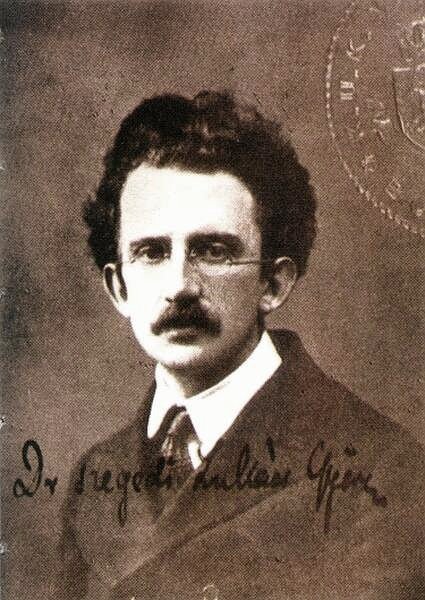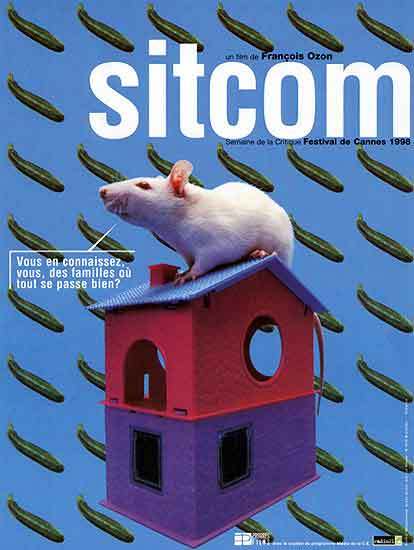My experience as an artist during Covid-19 Pandemic can maybe be best understood by reflecting on my work at the start of the event and how my work evolved during the crisis. In late February 2020, a few weeks before New York City’s first lockdown, I had a premiere of a new composition titled, Dead Horse Bay…thoughts from the future… The piece is a 30 minute work written for two violins and a live-projection film. The film was a homemade documentary I made showcasing a long-forgotten part of Brooklyn called Dead Horse Bay. Formerly part of Barren Island, Dead Horse Bay was the location of numerous industrial horse carcass-rendering plants. It was also the site of NYC’s primary garbage landfill in the late 19th century until the mid-1920’s when all the inhabitants – who also worked as laborers on the island – (mostly African-Americans or immigrants from Italy, Ireland, or Poland) were violently removed and their homes leveled to the ground. By using trash as topsoil, the city transformed the island into a peninsula by the 1950’s. However since that time the landfill caps have broken open and remnants of garbage dating back to the 1800’s can be found all along the beach shore. Fresh pieces wash up onto the beach everyday. During my first visit to Dead Horse Bay I was shocked by the sense of abjection. I felt I had entered a liminal space on the edge of civilization. The beach was littered with old domestic trash such as glass bottles, plates, shoes, stoves, and the occasional horse bone. The scene on the beach was terrifying and weirdly mystical. It was beautiful to see how the trash was becoming part of the natural landscape. Everything on the beach was in a liminal space. The various pieces of garbage seemed to emanate an aura that I imagined as being rendered into music. My mind however became dominated by one thought, “This garbage is telling me thoughts from the future.” For the first performance I made a large and very intentionally homemade retro-looking large cell phone made of a shower curtain and foam. The phone’s screen would display the film and act as a sort of third character to play along with the two violins.

Rather than being just about garbage, I also intended Dead Horse Bay…thoughts from the future… to be a reflection on decolonization and a warning about our current relationship to technology. I wanted the work to demonstrate, in a kind of Brechtian way, the absurdity of our cell phone reality. Like every time we turn the thing on, we should in some sense say to ourselves “this is a portal into another dimension, do I want to stick my head into this vortex to be devoured?”
 (cover of the score)
(cover of the score)
During the first months of lockdown, like many other artists, I found myself at a loss for understanding how to make work under the restrictive conditions. When I write music I also visualize the bodies of the performers playing together in a room. I imagine the physical space the music takes place in. I often say the real tempo of my music is equal to the space of the room it’s performed in. Classical musicians listen to how the room interacts with their sounds. The audience hears, in a sense, how the room “speaks” to the musicians. When composing I imagine myself sitting next to other people listening to the sounds. I try to imagine how others next to me are hearing the sounds and feeling the room. During the first few months in lockdown my imagination struggled to find a way forward. Any attempts to write music were also often interrupted by the incessant sound of ambulance sirens as New York City experienced its first deadly wave of Covid infections. The events surrounding George Floyd’s death in late May of 2020 were also profoundingly upsetting. By then the sirens had become less frequent but the sound was now replaced with the sound of social unrest on the streets. As more and more people took to the streets to protest police violence and racism I felt completely paralized and could not write any music. I could only feel a sense of despair. The only musical activity I had at this time was the online video premiere of new work called Lost Anthems. The video footage was from late 2019 and was filmed at The Turner Contemporary in Margate England.
https://www.youtube.com/watch?v=xk8vKAt5S_U&t=337s
The video was premiered and followed up with Q and A with me and “the public” over Zoom. I have to admit, interacting with the public over zoom sucks. It’s weird, does anyone like Zoom? But I do see the use of Zoom being a feature that will stay with us even after the crisis passes so I’m adjusting to this new reality (slowly). As the summer came to a close I was granted a number of opportunities to write new works that I felt helped me navigate my own way through so-called “lockdown aesthetics”. The first work titled Outside Only Sound was written under the conditions that there would be no orchestra rehearsals and the musicians would be performing outside in a public park. These conditions, while very challenging from a traditional compositional sense, allowed me to again visual the social and spatial aspects of my work. I felt something of a rush of joy and urgency writing Outside Only Sound. The joy I think stemmed from knowing the public would encounter the music as an acoustic phenomenon in a physical space. Indeed the public did enjoy the work and it was performed in two public parks, Prospect Park and Fort Greene Park (both located in Brooklyn). You can hear the sound of laughter and children in the recording.
https://www.youtube.com/watch?v=ecxOalYz_-k&t=1s
 (Outside Only Sound performed by The String Orchestra of Brooklyn in Fort Greene Park)
(Outside Only Sound performed by The String Orchestra of Brooklyn in Fort Greene Park)
The next work in my “lockdown aesthetics” series was a solo percussion work called Seegman’s Woe written for percussionist Kevin Sims. The performances of the work took place at various public spaces, again all outside, the weekend before the 2020 USA presidential election. Kevin Sim, a native of central Pennsylvania, performed the work in the following spaces in State College Pennsylvania :
- A highway berm outside a Home Depot parking lot
- Wegman’s parking lot (grocery store)
- A public park
- Sheetz (gas station)
- A demolished mobile home park.
 (Kevin Sims performing Seegman’s Woe on a highway berm outside a Home Depot)
(Kevin Sims performing Seegman’s Woe on a highway berm outside a Home Depot)
The work uses a homemade sign saying “Seegman’s Woe”. There are no other words in the piece. My intention of writing the work was to create the feeling of a quasi-political work that would engender a sense of neutral solidarity without ideology. The “woe” part is meant to be any person’s woe. Political tensions were running very high in Pennsylvania but we were surprised to find people immediately seemed to connect with Kevin’s performance. People would walk by and nod their head as if to say, “Yes, this!”. The final performance of the day was at the site of the former Franklin Manor Mobile Park in State College, Pennsylvania. Much like the residents of Barren Island and Dead Horse Bay, the residents of Franklin Manor Mobile Park were forcefully removed.
https://www.youtube.com/watch?v=EivVhUGXEHc&t=32s
It seems this idea of the public interacting with a musical work outside in a public space with a homemade sign might become a feature of my work moving forward. Another woe intended to create a sense of solidarity, called Tayden’s Woe for solo bass, will see an outdoors premiere by bassist Will Yager in the summer of 2021.
 (Will Yager rehearsing Tayden’s Woe)
(Will Yager rehearsing Tayden’s Woe)
The Covid-19 Pandemic is altering my perception of musical time and space. Performances of my music pre-Covid required a great deal of in-person rehearsal because of the complexities found in the music. One of the more challenging aspects has to do with musical time. I often write complex rhythms that require a great deal of study and the performers have to internalize “the feel” of the music’s time. The internalization happens best in the chamber music setting. The idea that each player can simply learn their part and show up to rehearsal does not achieve the intended results. Rather the group of musicians must play together and become a single body. A wonderful (old) way to achieve this is to be together in the same physical space. It’s much like dancing with a partner. It’s something you must do together.
In Outside Only Sound I developed music materials in which each player was like a single cicada and there was never a need for a conductor. Instead the players each played from stopwatch and the musicians functioned like a group of insects in a field. In Seegman’s Woe the musical score was a simple set of text instructions. Even though Kevin Sims has performed some of my most complicated musical notation I could not bring myself to write a traditional score for Seegman’s Woe. In early 2021 I was the composer in residence at University of Northern Colorado in Greeley Colorado. The entire music festival was online. Sensing the music students would be feeling a great amount of pandemic fatigue I wrote them a similar simple text-only piece titled Song for the End of the World.
 (score to Song for the End of the World)
(score to Song for the End of the World)
In the spirit of John Cage, each student recorded themselves separately and sent me the audio files which I simply layered on top of on another. Additionally I asked each student to film 40 seconds of an outside scene. The only requirement was that the video footage had to be of something that was totally common that they passed by everyday. The idea was to meditate on an unremarkable space and to find beauty in that space simply by pausing to look at it. I then arranged the student video clips into a complete film which was formatted to be viewed on a cell phone.
https://www.youtube.com/watch?v=FmN3r7yeLuc&t=232s
The pandemic has accelerated a sense of urgency in creating digital content. It was during the course of the pandemic I also completed my third album titled, Dark Days. The album was completed in early months of 2021. The album consists only of solo piano music. The crisis has forced me to re-think how my music is presented and prepared. It’s clear that the use of outside public space will increasingly become the site of musical works. For me it will be a question of adapting my musical concepts to fit into these kinds of spaces and how I can make abstract musical work that engages with transient public.



